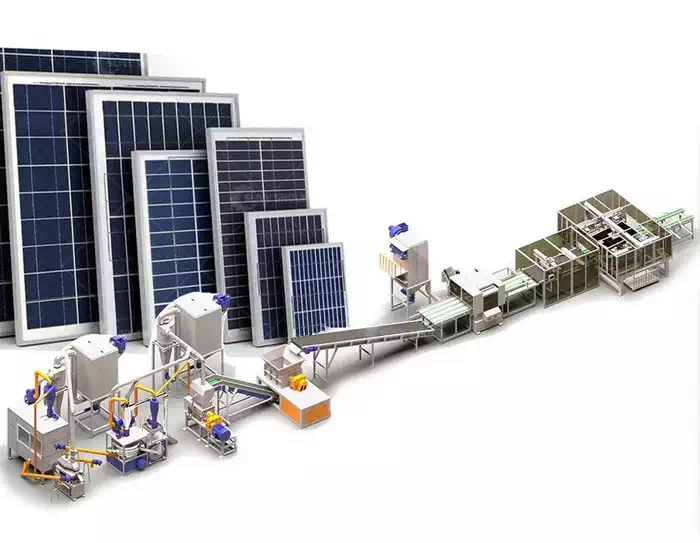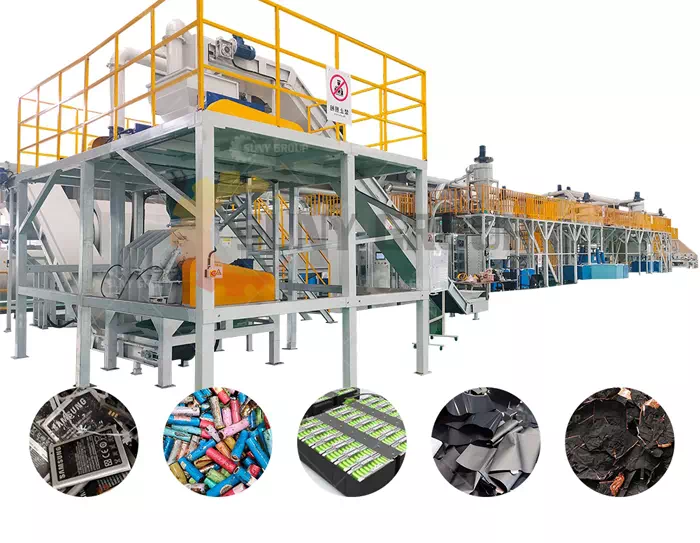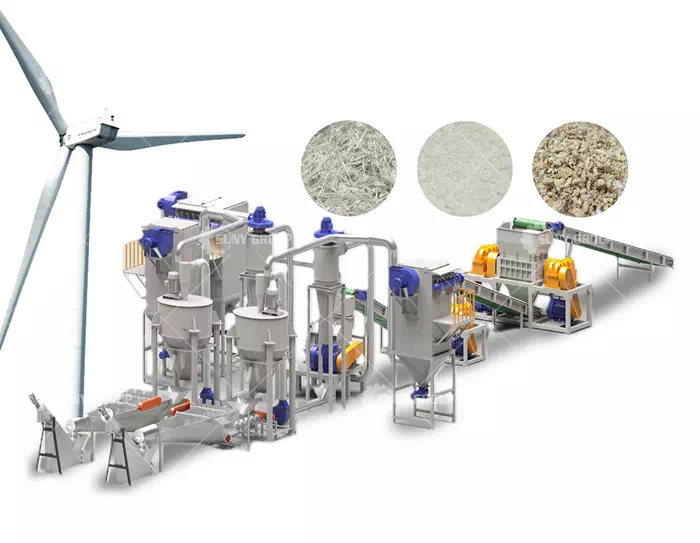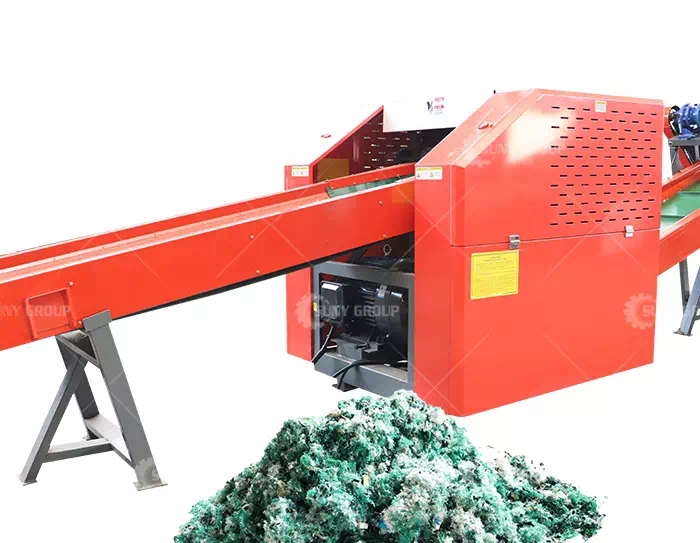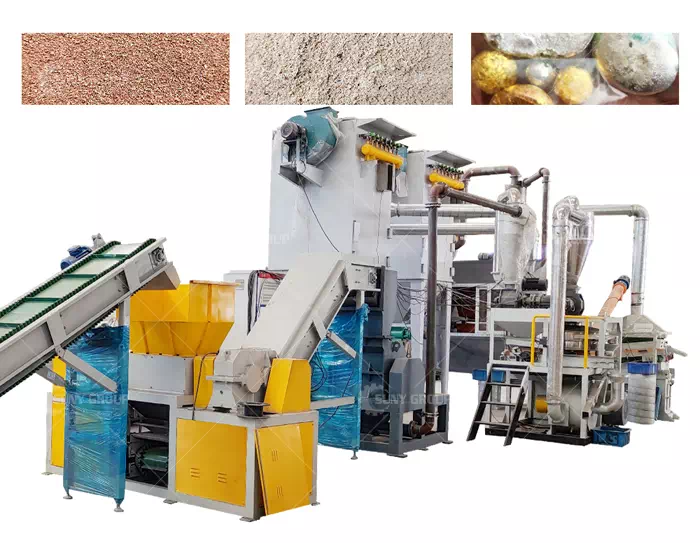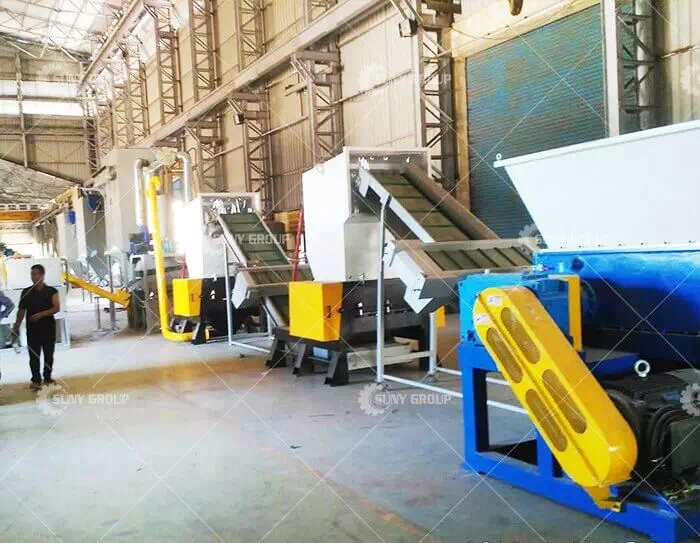Automated Solar PV Panel Pyrolysis Recycling Line
As is widely known, the service life of photovoltaic panels typically ranges from 25 to 30 years. With the initial wave of installations gradually reaching the end of their operational lifespan, the volume of waste photovoltaic panels is rapidly increasing. How to efficiently and safely recover core materials such as silicon wafers, glass, and metals has become an urgent issue for the industry to address. Against this backdrop, SUNY GROUP has developed an automated photovoltaic panel pyrolysis recycling production line. Through advanced thermal processing techniques, it achieves near-perfect material recovery rates, offering a new solution for green circularity.
Pyrolysis Recycling Process and Equipment Advantages
The core of the pyrolysis process involves treating photovoltaic panels in a high-temperature environment. This decomposes the internal organic binders, plastic layers, and other composite materials, releasing high-value raw materials such as silicon wafers, glass, and aluminum frames. The upgraded automated recycling line enables intelligent, continuous operation, maximizing efficiency and recovery purity. Post-pyrolysis, recovered materials achieve 99% purity, virtually eliminating the need for complex sorting. This not only reduces labor and energy consumption but also significantly simplifies subsequent processing.
Compared to traditional mechanical crushing or chemical leaching methods, pyrolysis offers multiple advantages. First, it achieves higher recovery rates, particularly in preserving the integrity of silicon wafers and glass. Second, the process is more environmentally friendly, eliminating the need for large quantities of chemical reagents and reducing secondary pollution. Third, automated control systems (PLC/SCADA) ensure the stability and safety of the entire production line by continuously monitoring temperature, gas emissions, and energy consumption, making production more controllable and reliable. Simultaneously, integrated exhaust purification and emission systems—such as activated carbon adsorption and scrubbing towers—ensure effective treatment of gases generated during high-temperature decomposition, fully complying with environmental standards.
Investment Value and Future Prospects
The automated photovoltaic panel pyrolysis recycling production line represents not merely a technical solution but a critical driver for the sustainable development of the photovoltaic industry. For investors, upgrading equipment translates to enhanced processing capacity and superior material recovery purity, yielding higher economic returns. Although the initial investment is relatively substantial, the growing volume of waste photovoltaic panels is driving sustained market demand for reusable materials—such as high-purity silicon wafers, recycled glass, and aluminum. This trend will significantly shorten the investment payback period. Furthermore, by adopting advanced recycling equipment, enterprises not only enhance their competitiveness but also establish a positive social image amid increasingly stringent environmental policies.
Recommend products
CONTACT US:
If you have any requirement or suggestion, please fill in the form and send to us, thanks!E-mail:sunymachine@gmail.com | Whatsapp:+8613674945231


